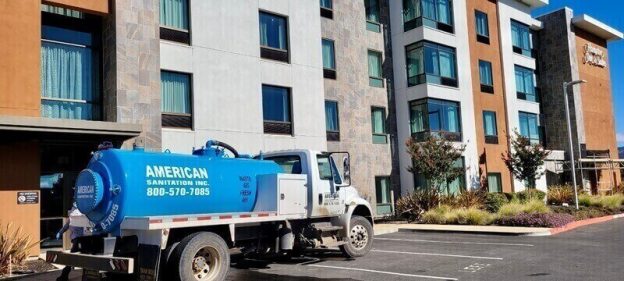Septic systems are crucial in managing household wastewater. Yet, many homeowners may need help understanding how they function—knowing how these systems operate when considering septic tank pumping in Petaluma, CA. In this article, we’ll walk you through the inner workings of a septic system and explain why regular maintenance is so crucial. You’ll learn about the components and how they work together to treat sewage efficiently. Proper knowledge can help you avoid costly repairs and keep your system running smoothly for years. We’ll also highlight the potential risks of neglecting your septic system. So, read on to discover everything you need to know about maintaining a healthy septic system.
The Basics of How a Septic System Works
A septic system is an underground wastewater treatment structure primarily used in areas without centralized sewer systems. The process begins when wastewater from your home flows into the septic tank via a single main drainage pipe. Inside the septic tank, solids settle at the bottom, forming sludge, while oils and grease float to the top as scum. The liquid wastewater or effluent exits the tank and enters the drain or leach fields. The soil is a natural filter, neutralizing harmful bacteria, viruses, and nutrients. By effectively managing and treating wastewater onsite, septic systems ensure that homes remain hygienic and environmentally friendly. Understanding this process is the first step in ensuring its efficient operation.
Essential Components of a Septic System
A septic system comprises several critical components that work together to treat and dispose of household wastewater. The main components include the septic tank, drain field, and soil. The septic tank is a watertight container that holds sewage from the house, allowing solids to settle and form sludge while oils rise to create a scum layer. The drain field, a leach field, is a network of perforated pipes buried in shallow, covered trenches. These pipes distribute the effluent into the surrounding soil, naturally removing contaminants. Additionally, the septic tank and soil bacteria play a vital role by breaking down organic matter and recycling nutrients. Each component is essential to the system’s overall effectiveness, ensuring your home’s wastewater is processed safely and efficiently.
The Importance of Regular Septic System Maintenance
Regular septic system maintenance is crucial for extending the lifespan of your system and preventing costly problems. Over time, sludge and scum can build up in the tank, reducing its efficiency and potentially leading to backups or overflows. Regularly pumping the septic tank removes these accumulations and optimizes the system. Additionally, routine inspections can identify minor issues before they become significant problems, such as detecting leaks or blockages. Regular maintenance also helps protect the environment by preventing untreated sewage from seeping into the ground and contaminating local water sources. By adhering to a consistent maintenance schedule, homeowners can enjoy the peace of mind of a well-functioning septic system.

Understanding how a septic system works and regularly maintaining it is essential for healthy and efficient home wastewater management. You can prevent costly repairs and environmental hazards by keeping up with routine septic tank pumping in Petaluma, CA. Protect your home and the surrounding area by ensuring your system is well-maintained. If you have any questions or need professional assistance, don’t hesitate to call us at American Sanitation Inc. We’re here to help you with all your septic system needs.





